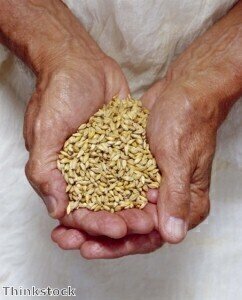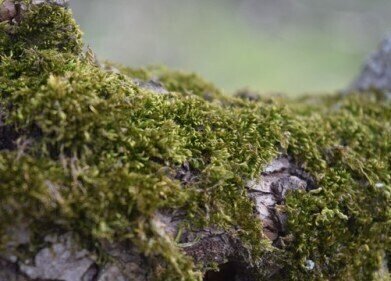Electrophoretic separations
New technique adopted for analysing cereal grains
Mar 12 2012
Scientists have combined the use of Ion-exchange chromatography (IEC) with high performance liquid chromatography (HPLC) to provide an ideal technique for analysing cereal grains.
Separating prolamins into their subclasses has been done using techniques such as gel electrophoresis and HPLC up until now, which doesn't make use of IEC, which has been developed to analyse proteins. This is because prolamins are highly hydrophobic, and will only dissolve in mobile phases containing a detergent or organic solvent. These mobile phases don't work too well with IEC because they tend to affect the chromatographic behavior of the proteins.
Deidre Blackwell and Scott Bean at the US Department of Agriculture's Agricultural Research Service in Manhattan, Kansas, looked to overcome this problem by trying to find a mobile phase that could both dissolve prolamins and work with IEC. They developed a mobile phase that consists of ACN with increasing concentrations of triethylamine phosphate. This is able to both dissolve kafirins and allow them to be separated into various subclasses by IEC, and also causes the excess alkylation reagent to elute before any of the kafirins. As a consequence, the alkylation agent no longer interferes with the protein separation and so doesn't need to be isolated from the kafirins before the IEC step.
Blackwell and Bean are now using this IEC method to investigate the kafirin subclasses in more detail, including the three clusters formed by the alpha-kafirins.
Posted by Ben Evans
Events
Jan 20 2025 Amsterdam, Netherlands
Feb 03 2025 Dubai, UAE
Feb 05 2025 Guangzhou, China
Mar 01 2025 Boston, MA, USA
Mar 04 2025 Berlin, Germany














